Featured Resource
Why Over Half of California School Districts Trust SchoolStatus
Read More >Join Mission: Attendance to reduce chronic absenteeism in 2025-26! >> Learn How <<

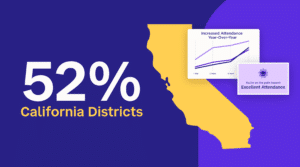




This post is part of a new series called “From Vision to Reality: Pulling the Right Levers for Transformational Instructional Leadership.”
Check out all our posts in the series, then subscribe to our blog to have future posts delivered to your inbox.
{{cta(‘417de94b-2f71-4123-a807-1f4438f581c5′,’justifycenter’)}}
Let’s say you’re ready to embark on the work of transformational instructional leadership. That’s great! But where do you start? Thankfully, educators are always happy to share with their peers the lessons they learned. Over the next few blog posts, we’ll cover the following topics:
Educators are almost always working at full capacity, which means that time is your most precious resource. It may be difficult, then, to justify spending time ruminating on your vision for instructional leadership. However, this is a crucial step to achieving transformational shifts.
“When I think about the best examples of districts with solid visions for instructional leadership, it’s the ones who articulate a strong set of beliefs about the most high-leverage leadership actions,” says Justin Baeder, founder of The Principal Center and our co-creator in the 21-Day Instructional Leadership Challenge. He adds that this vision is “based on past professional development the leadership team has done together.”
What should your vision comprise? Baeder offers the following advice:
Any organization’s vision should connect to what we collectively want—for our students, for ourselves, and for society. When you’re speaking specifically about your vision for instructional leadership, you’re not just talking about a set of beliefs about what matters, but also a set of assumptions about how leadership influences learning, and about what really works in your district.
Just as important as establishing a vision, is sharing it with others. When it comes to realizing your vision, clear and consistent communication is key.
“It’s so important that educators at all levels speak the same language,” says Vanessa Garza, former director of teacher development at Partnership for LA Schools. “In our case, peer observers use TeachBoost and employ instructional leadership principles from our coaching model, just like the principals and coaching teams do. That means everyone needs to understand our overall vision, and understand their role in enacting that vision.”
In addition to a district’s responsibility to clearly communicate a vision, there is also an onus on school leaders to do the same. “When I was a principal, I learned that if you don’t set an expectation around performance, it’s hard to give a teacher a critical rating during an evaluation,” says Kate Sugarman, who manages Oakland Unified School District’s Teacher Growth and Development System. “It’s up to you to communicate your vision and then enact it.”
Sugarman adds, “This is especially true when your teacher observation framework is not homegrown, but rather adopted from the outside. A district that has developed a rubric from within has the advantage of aligning the rubric directly to their cultural values and vision.”
By establishing and clearly communicating your vision for instructional leadership, educators are able to hold themselves, and one another, accountable for their contributions.
Block out 10 minutes on your calendar to answer the following questions:
 SchoolStatusSchoolStatus gives educators the clarity and tools they need to get students to class and keep them moving ahead. Through our integrated suite of data-driven products, we help districts spot attendance patterns early, reach families in ways that work for them, and support teacher growth with meaningful feedback. Our solutions include automated attendance interventions, multi-channel family communications in 130+ languages, educator development and coaching, streamlined digital workflows, and engaging school websites. Serving over 22 million students across thousands of districts in all 50 states, SchoolStatus helps teachers and staff see what matters, act with speed, and stay focused on students.
SchoolStatusSchoolStatus gives educators the clarity and tools they need to get students to class and keep them moving ahead. Through our integrated suite of data-driven products, we help districts spot attendance patterns early, reach families in ways that work for them, and support teacher growth with meaningful feedback. Our solutions include automated attendance interventions, multi-channel family communications in 130+ languages, educator development and coaching, streamlined digital workflows, and engaging school websites. Serving over 22 million students across thousands of districts in all 50 states, SchoolStatus helps teachers and staff see what matters, act with speed, and stay focused on students.
News, articles, and tips for meeting your district’s goals—delivered to your inbox.

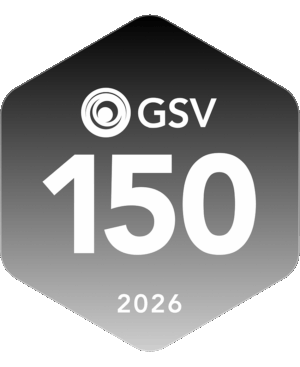


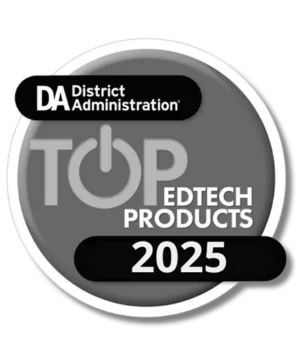
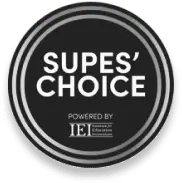
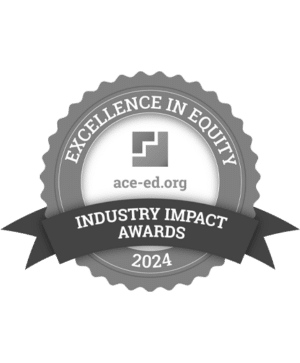
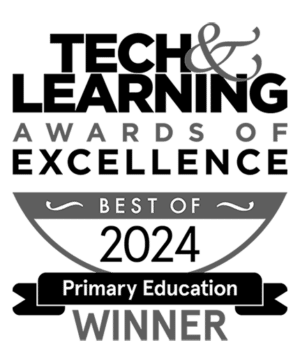

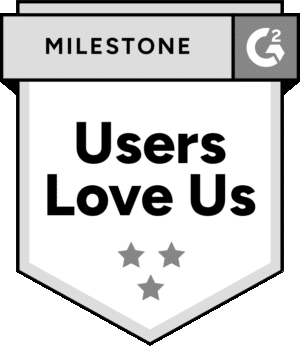
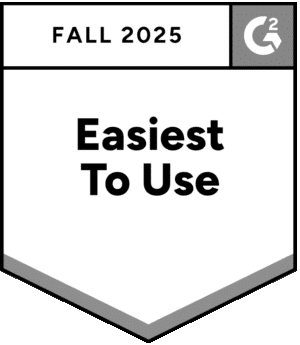
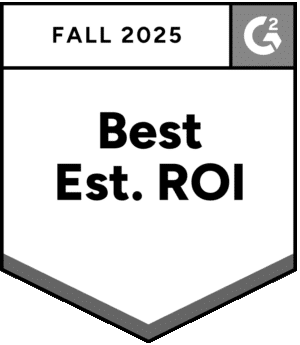


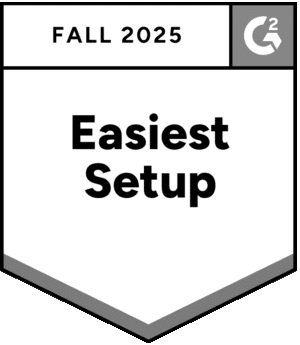
Ready to learn more about our suite of solutions?
